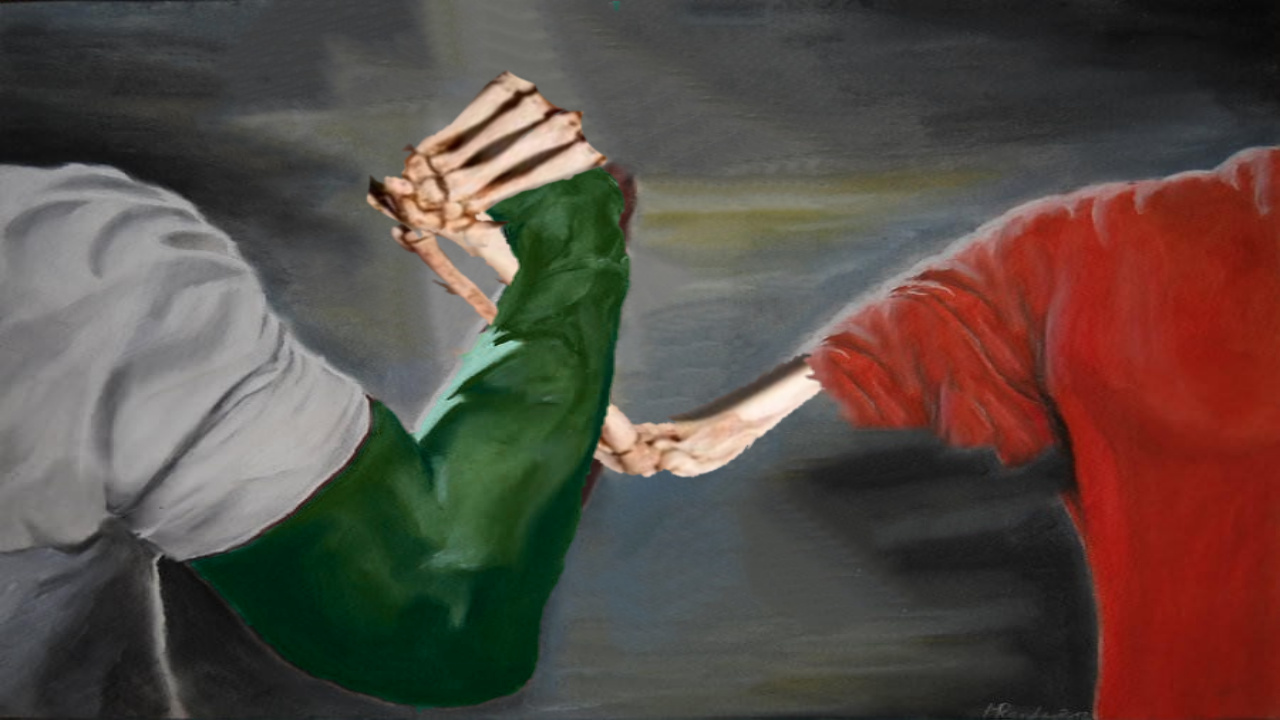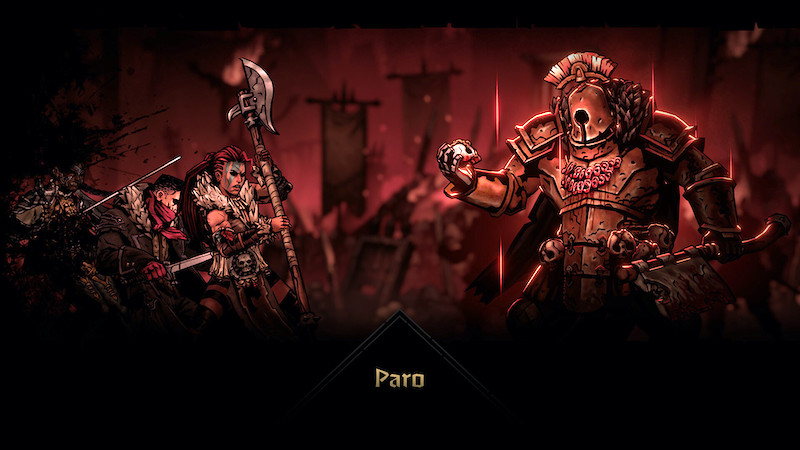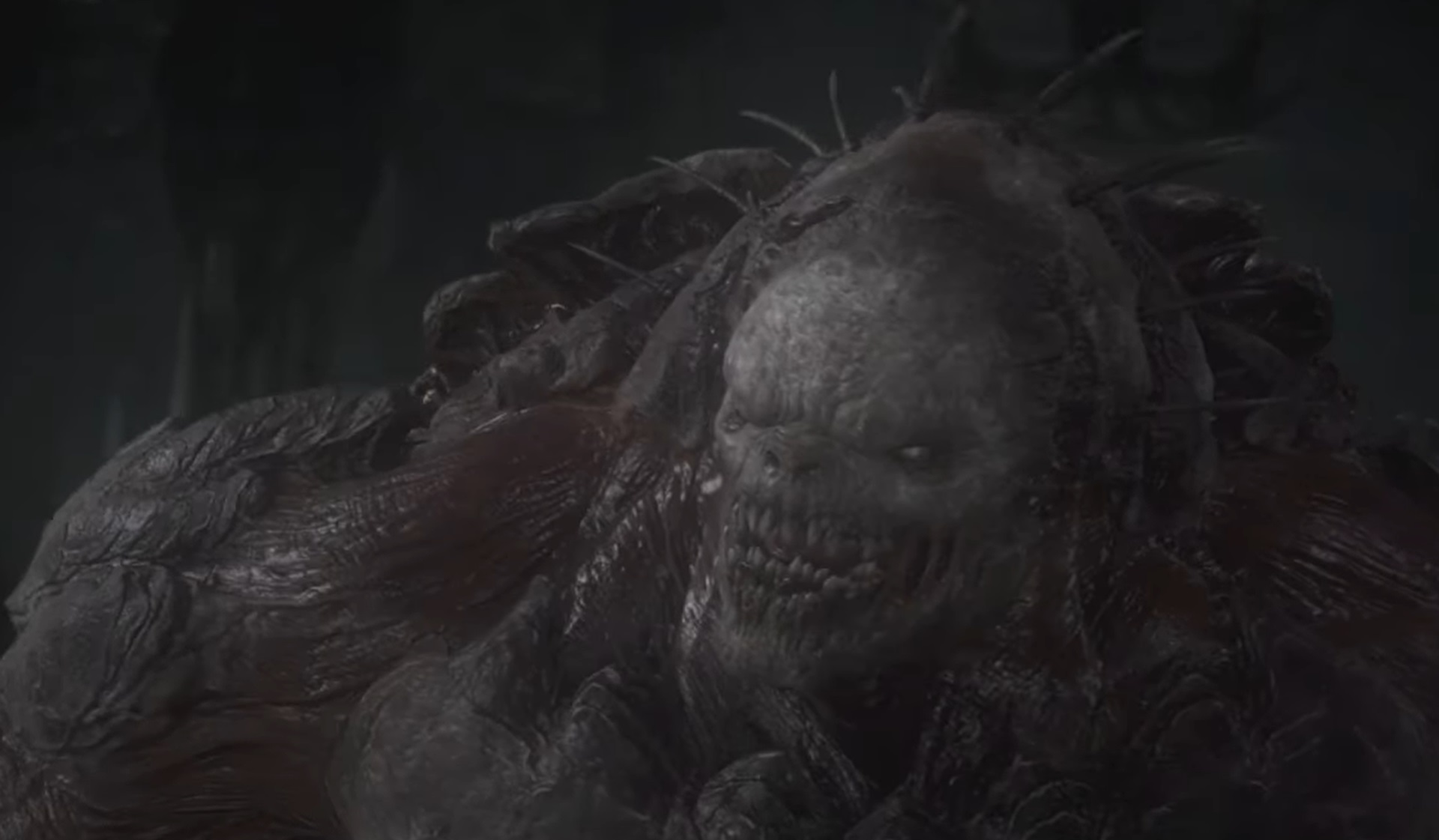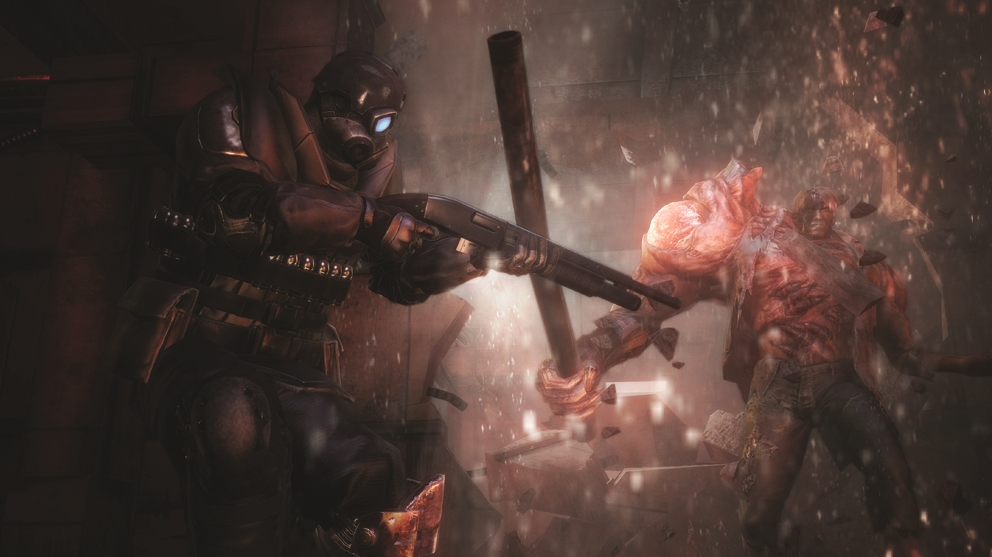
Why are Skeletons Treated Better than Zombies?
Here at Dread XP, we love skeletons. That 12-foot tall skeleton from Home Depot is the closest some of us have gotten to nirvana. We love it. When you look at a skeleton what do you see? Most would see a mass of animated bones, brought to life by eldritch magicks or “just because”. They don’t make any sense. How do the bones hold together with no muscle tissue? Ever consider that? When you look at a zombie, you’re immediately struck with a sense that it may have been like you. So why is the zombie – ostensibly closer related to a living human – so often cast at the enemy? Let’s take a look.

Our Brains are Hard-Wired to Hate Zombies
Stephanie Lay has spent a long time studying a theory from the ’70s to explain our hate of zombies. This theory is called “The Uncanny Valley”. Humans are hard-wired to feel revulsion towards something that is not quite human. Zombies are scary because they are essentially us, but with our humanity removed. They fall neatly into the uncanny valley. The more degraded they get, the less disgusted we are until they’re skeletons. At this point, our brain no longer recognizes them as human. It’s strange that we don’t often think of skeletons as former humans. In a horror movie, if a character runs into their freshly zombified loved one, they’re horrified. This familiarity isn’t present in skeletons.
If you look at a skeleton, you’d have no idea if you knew who it formerly was. You could put 10 skeletons in a line, and I couldn’t tell you if one of them was a family member. With this lack of humanity, we’re allowed to project whatever we want onto the blank slate that is a skeleton. With a zombie, you can tell who they were. They might wear the clothes of their former profession. They might be one of those zombies that can kind of talk and recites the last thing it said in life. No matter how you dress up a zombie in a video game, it’s still an enemy.

Skeletons are Often Comedic
Since we don’t ascribe an inherent humanity to skeletons, we have more freedom to laugh at them. They’re often set up as an annoyance, or comic relief. For Example, in the uber-popular game Hades, there is a skeleton who acts as a training dummy for the player. You can whomp on that fella all day and he won’t complain. In fact, he’ll even drop some one-liners to keep the mood light. Skeletons in games often have this comedic bent. Skeletons are all the fall guys to our straight men: willing to take a beating for a laugh. It works because skeletons easily come apart in a non-nightmare-inducing way.
Even skeletons in very serious games like Dark Souls are still goofy. They cavort around with giant, spiked wheels, or are annoying cannon fodder. They’re never a threat. Skeletons have never, ever been something to worry about in a game. Even Nito, the lord of the dead in Dark Souls, is a giant skeleton made out of skeletons and it’s generally the butt of internet memes and hilarious video edits. It doesn’t help that he’s also part of the worst covenant in the game.

Zombies Have Blood (That Sounds Weird)
Hear me out: When you defeat a skeleton in a game, it drops to the floor in a pile of bones with a comical clattering sound effect. It’s fun and really very tame. There is a certain subset of people playing games that need blood. They love the gore. Advanced damage modeling on their zombie enemies is something they crave. If a zombie can be de-limbed, you can bet someone’s gonna do it. It’s alright if you like to do this. Part of the revulsion we feel when seeing something not quite human is the urge to destroy it. Killing zombies in games feels good. It feels like you’re doing a weird service for humanity. You’ve killed the imposter.
In games like Ultrakill, even the skeletonized enemies have a bit of flesh, just to make their destruction more of a spectacle. Instead of a clattering bone pile, you get squelchy mess of gibs flying in every direction. I am not saying in any way that this is a bad thing. I like a game with some over-the-top gore. Realistic gore slams you into another weird part of your brain that makes you feel bad for inflicting pain on something human. You don’t want realistic gore. It is insanely gross.

So What Do We Do?
Beauty is on the inside. If you look past the decaying flesh and shambling gait; zombies aren’t much different from us. If we look inside ourselves, you’ll find the makings of a zombie long before you reach your skeleton. I know it’s difficult to have a plan of action in this matter, but I think we can do it. Some of you out there are making games. I want to put this challenge to you: Make zombies palatable. How? I’m not sure, but I have a few suggestions:
- Give them comedic roles as side characters or even the main character of your game (see: NeverDead, Stubbs the Zombie)
- Take zombies out of your game completely. I mean, even Resident Evil has shifted towards werewolves and plane-men.
- Make the skeletons more threatening. I don’t know how to do this. Even if you add armor and weapons they’re still hilarious.
- Remember that zombies were once human, and try to empathize with their plight.
If we follow these four steps we might have a chance to rehab the image of the oft-misunderstood zombie. If you have any ideas, I’d love to hear them.




